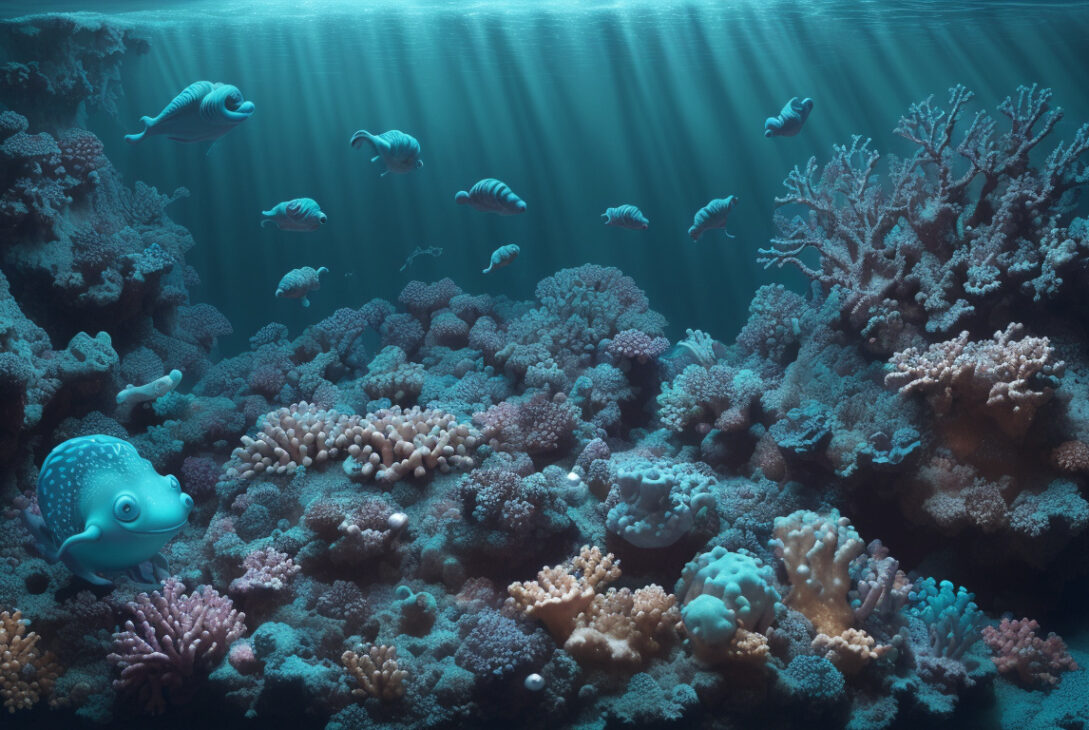Advanced Underwater Technology Reveals New Species of Deep-Sea Snailfish
September 8, 2025 — Recent deep-sea explorations utilizing cutting-edge underwater technology have led to the discovery of a new species of deep-sea snailfish. This breakthrough, announced by researchers from the Monterey Bay Aquarium Research Institute (MBARI) in collaboration with scientists from the State University of New York at Geneseo (SUNY Geneseo), the University of Montana, and the University of Hawaiʻi at Mānoa, highlights the remarkable biodiversity thriving in the abyssal depths of the ocean.
Discovery of the Bumpy Snailfish
During a 2019 expedition aboard MBARI’s research vessel Western Flyer, led by Senior Scientist Steven Haddock, researchers used the remotely operated vehicle (ROV) Doc Ricketts to explore Monterey Canyon, roughly 100 kilometers offshore of Central California. At a depth of 3,268 meters (10,722 feet), the team observed an unusual small pink snailfish swimming just above the seafloor. This specimen, later collected for detailed laboratory study, was identified as a previously unknown species, named the bumpy snailfish (Careproctus colliculi).
The bumpy snailfish is characterized by its distinctive pink coloration, pectoral fins with elongated fin rays, and a unique bumpy texture on its body. These features set it apart from other snailfish species observed in the region.
Expanding the Snailfish Family
The discovery was part of a broader scientific effort led by SUNY Geneseo Associate Professor Mackenzie Gerringer, an expert in deep-sea fish physiology and ecology. Alongside collaborators from Montana and Hawaiʻi, including former MBARI postdoctoral fellow Jeff Drazen, the team described not just the bumpy snailfish but two other new species: the dark snailfish (Careproctus yanceyi) and the sleek snailfish (Paraliparis em).
- The dark snailfish features an entirely black body, a rounded head, and a horizontal mouth.
- The sleek snailfish is notable for its long, laterally compressed black body, lack of a suction disk typically used for gripping, and a prominently angled jaw.
Both additional species were collected in 2019 during a separate expedition using the submersible Alvin at Station M, a deep-sea research site operated by MBARI about 4,000 meters (13,100 feet) deep.
Integrating Advanced Methods
To confirm the distinctiveness of these new species, the research team employed a combination of methods — microscopy, micro-computed tomography (micro-CT) scanning, morphological measurements, and genetic sequencing. This multifaceted approach enabled a thorough comparison with known snailfish species worldwide, establishing the newcomers as unique additions to the family Liparidae.
The CT scans provided detailed views of the fishes’ internal anatomy, complementing MBARI’s underwater video footage. DNA sequencing clarified their evolutionary relationships within the vast diversity of snailfish, a family comprising over 400 known species that inhabit a range of ocean habitats from shallow tide pools to the deepest trenches.
Deep-Sea Biodiversity and Exploration
Snailfishes are particularly adapted to survive in extreme ocean environments characterized by crushing pressure, near-freezing temperatures, and perpetual darkness. Many species have suction disks on their bellies that help them cling to substrates or hitch rides on larger animals like deep-sea crabs. The newly discovered species add to our understanding of how life thrives in such harsh conditions.
"The deep sea houses an incredible diversity of organisms with fascinating adaptations," said Mackenzie Gerringer. "Discovering not one, but three new snailfish species reminds us of how much there is yet to learn about life on Earth and the vital role curiosity and exploration play."
Steven Haddock emphasized MBARI’s commitment to open science and collaboration: "Documenting deep-sea biodiversity is vital for detecting environmental changes. We welcome partnerships that expand our knowledge and capabilities."
Ongoing Research and Accessibility
The team has made their CT scan data publicly accessible through the MorphoSource database, and genetic sequence information is available on GenBank under accession numbers PV300955-PV300957 and PV298545-PV298546. This transparency encourages broader research and comparative studies within the scientific community.
While the bumpy snailfish was only directly observed once, a review of MBARI’s archival footage suggests it may have been previously misidentified in 2009 off the coast of Oregon, indicating a potentially wider range.
Station M, where the sleek and dark snailfishes were found, is a long-term monitoring site providing a unique 30-year dataset critical for understanding abyssal ecosystems and their role in the global climate system. The name Paraliparis em honors this research site and those who support its mission.
Looking Ahead
This discovery underscores the ocean’s vast unexplored frontiers and the vital importance of advanced underwater technology in marine biology. As deep-sea exploration continues, further new species and ecological insights are expected to emerge, deepening our understanding of life in one of Earth’s most extreme environments.
Reference:
Gerringer, M. E., Drazen, J., et al. (2025). Descriptions of Three Newly Discovered Abyssal Snailfishes (Liparidae) from the Eastern Pacific Ocean. Ichthyology & Herpetology. DOI: 10.1643/i2024069
Source: Monterey Bay Aquarium Research Institute (MBARI)
Original Article: Phys.org










